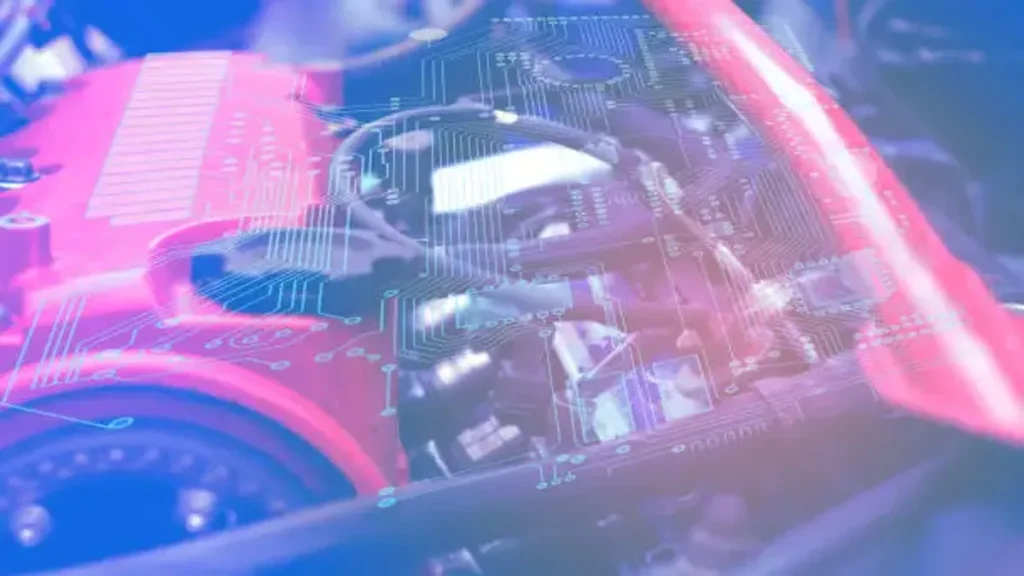Modern cars are not just mechanical these days, they are now networks of sensors, processors, and software. At the centre of the digital system lies the Engine Control Unit (ECU). This is a specialised computer that manages everything from fuel injection to turbo boost pressure. Just like how a laptop’s performance can change with a firmware update, an ECU’s behaviour can be rewritten through a process called remapping.
What does the ECU do?
The ECU is essentially the car’s brain. It collects data from the vehicle’s many sensors, measuring airflow, exhaust gases, engine temperature, throttle position and uses pre-programmed instructions to control how the engine operates. These instructions are stored in maps or lookup tables, will determine the fuel delivery, ignition timing, and boost levels with millisecond precision. Manufacturers actually set these parameters conservatively to meet emissions laws and to ensure reliability across a wide range of climates and terrains.
Remapping – Software Tuning for Engines
ECU Remapping is the process of reading the factory set software and actually adjusting the maps and parameters and writing new software into the ECU to replace the old. It is basically a firmware flash. The remap will optimise how the engine responds under certain conditions. It unlocks the potential horsepower and torque that the manufacturers leave untapped.
A specialist will connect to the ECU via the diagnostic port which is standard in cars. They use specialised interfaces and tuning software. In some cases, the ECU must be removed and “bench flashed” directly. The process includes the specialist analysing the original ECU files and modifying parameters and ensuring they don’t potentially corrupt the software in any way.
Tools, Data and Precision
Modern specialists rely on both hardware interfaces, real-time data logging, and advanced software to adjust the ECU in a safe way. The specialist is able to see how changes will affect the air-fuel ratios, exhaust gas temperatures, and turbo pressure. This may sound like a case of guesswork, but it isn’t, it is technical engineering. The tuner will usually end up building a custom map for each vehicle based on its unique mechanical setup.
Risks and Safeguards
Like any kind of modification, remapping has trade-offs. Pushing the engine to far beyond its parameters can increase stress on the internal components, which may potentially reduce the life of the engine if done recklessly. This is why it is so important to go to a reputable specialist who knows how to safely execute this process. Poorly executed maps can cause detonation, overheating, or emission issues. A reputable specialist will always ensure safety of the vehicle and not push it too far so that it damages the car in any way. Manufacturers have started using encryption and authentication protocols to protect against malicious or unverified remaps to protect the vehicle against exploiting and unauthorised access.
The Future of ECU Remapping/tuning
As vehicles are becoming more connected, ECU updates are increasingly delivered over the air which makes it a more popular service. In the future, there may be a way in the future to have AI driven tuning where it dynamically adjusts the engine parameters based on driving patterns, fuel quality and even weather conditions. Engine tuning is becoming increasingly popular as more people are realising the benefits.
For technology enthusiasts, ECU Remapping is a reminder that today’s performance upgrades aren’t just about bigger turbos or lighter materials, it is about rewriting code to tell the engine how to behave. The future of automotive performance is in the firmware.

